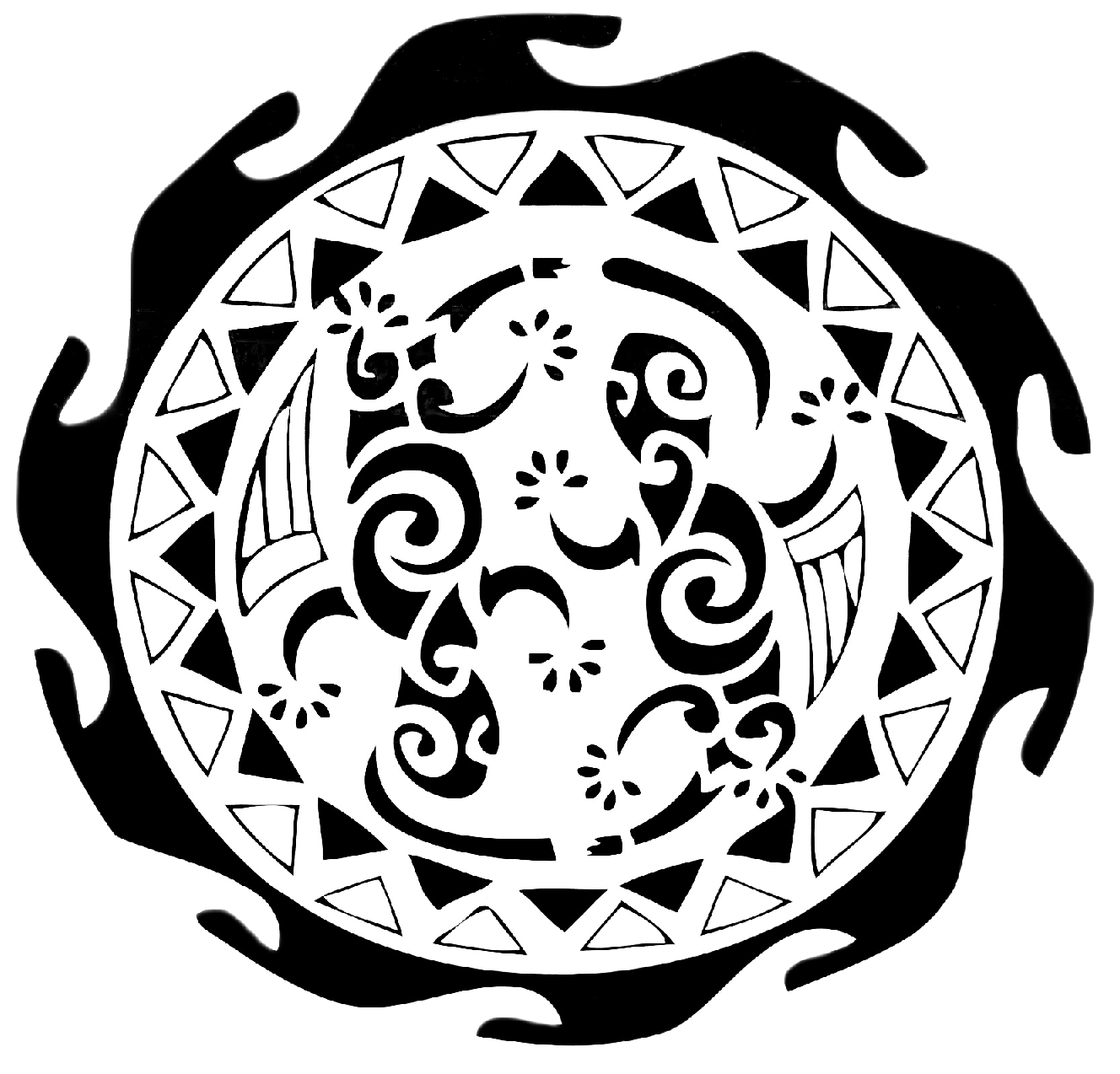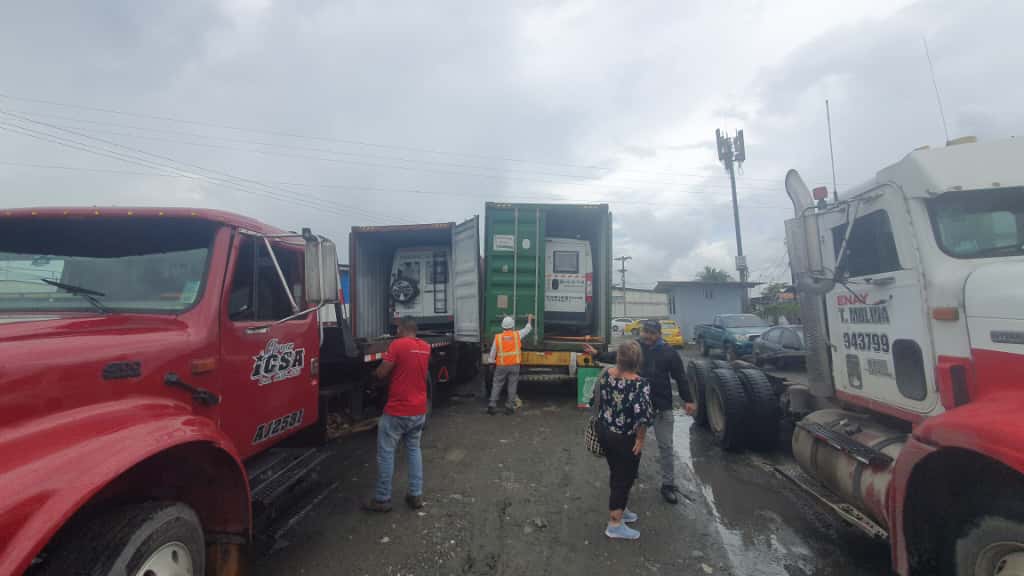The road ends at the impenetrable jungle. It is impossible to get through by vehicle. The Pan-American Highway, the longest road in the world, simply ends in Colombia.
This is a fact that surprisingly many people are unaware of. The road, which connects the American continent over a distance of 30 000 kilometres, is an interrupted project.
106 kilometres separate the north and south, between Panama and Colombia. In between lies an impenetrable jungle that repeatedly makes headlines on migration and drugs.
A chaotic shipment
We have reached the end of our journey through South America. From Venezuela, we head back to the Colombian coast and the city of Cartagena. Now one of the most tyring parts of the journey north lies ahead: shipping the car in a container.
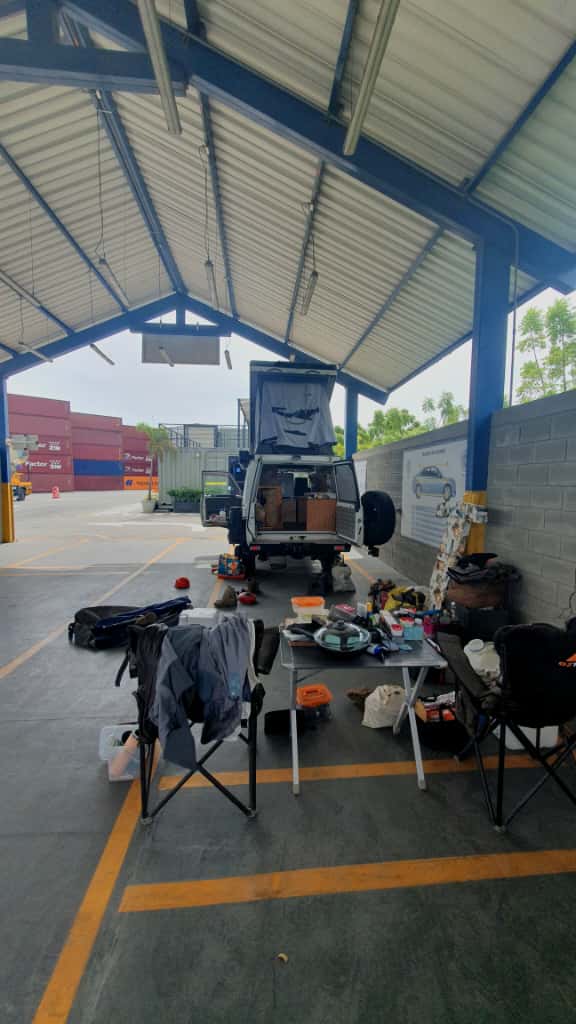
We have been in contact with Ana, our logistics coordinator, for weeks. Everything is organised and agreed via WhatsApp. It’s just a bit tedious because, as everywhere in Latin America, you have to ask several times about every detail. A document with the most important information? No chance. A contract with a list of costs? Wishful thinking. In the group chat, we only occasionally get a useful answer to our questions.
Ana is considered chaotic, but also reliable. We have no other choice anyway, because organising things directly with the authorities is even more tedious.
So we wait for information that always comes at the last minute, and then it has to be done quickly. One example is the power of attorney they need to complete customs formalities. This has to be certified by a notary and could easily be prepared in advance. But it arrives one day before the weekend, and everything has to be cleared through customs by Monday. Great.
But that works too. We drive the Landcruiser to the port, everything is clean and tidy, the gas bottle emptied in the park the night before. The tank is not quite on reserve.
We simply ignore a few of the rules. Let’s see if they check.
The car stays in the port overnight. They assure us that it is safe and that someone will keep an eye on it. Nevertheless, we prefer to leave our surveillance camera running. Then we have to wait until the police announce the date for the inspection. In our case, it takes two days.
Time to take everything out
What does inspection mean? Well, for Michael, emptying the entire car. I am not allowed into the port, because theoretically only vehicle owners have access.
Cartagena is Colombia’s largest port, and the country is the world’s largest cocaine producer. This means there is a constant risk of drug smuggling. Tons of cocaine are constantly being seized at the port – which is why the checks are so strict. The entire vehicle has to be emptied and the container is also subjected to a test drilling.
The only question is: how is it possible that so much still gets through? With money, of course. Drug smuggling and corruption go hand in hand, as we all know. For the ‘poor’ travellers, this means emptying everything out.
Once all is out, then a brief inspection follows – but only for drugs, no one is interested in the rest. The cars are then loaded into the container. The entire procedure takes about five hours. Finally, it’s time to close and seal the container.
Again, it’s time to wait.
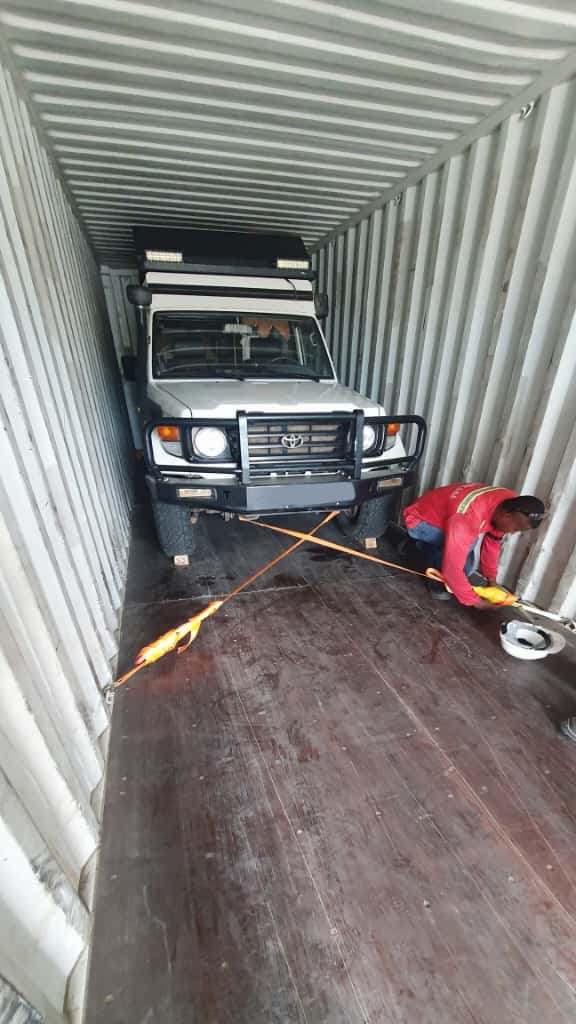
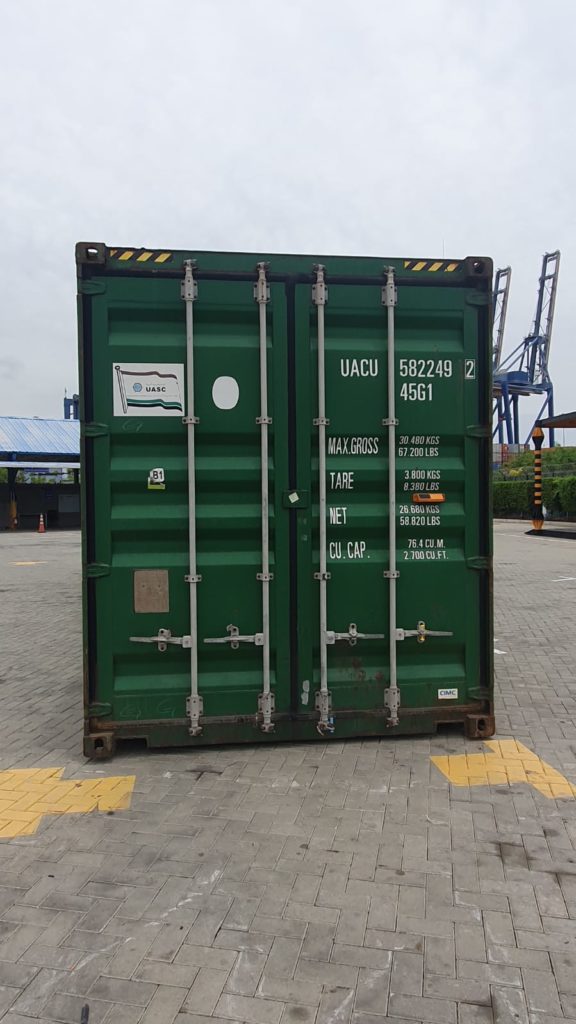
The Darien Gap is not transitable by car. The road was never built due to the difficult terrain, and now economic and political interests as well as nature conservation are preventing its construction. It is possible to walk through the jungle, but there is no real path for pedestrians either. In addition to the dangers of disease and accidents, armed groups are also a huge problem. It is very dangerous for everyone.
You can also get to Panama by boat, but then you either have to cover the last stretch by plane or still hike through the jungle. We opt for the comfortable option: a flight from Cartagena to Panama.
Container shipping is expensive, especially for such a short distance. The price is so high because the entire procedure incurs standard costs, i.e. port and container fees as well as the transport itself. Around 4600 US dollars for two parties. And that’s still the cheapest option.
The route would actually be very suitable for a ferry, as the crossing takes less than 24 hours, since it is only about 540 kilometres. There used to be one, but it was uneconomical and was therefore discontinued.
Everything takes longer with the container ship. Ten days after loading the container we can pick up the car at the port of Colón on Panama’s Caribbean coast. On the journey, we have only two backpacks and the cash to pay the agent.
Here, too, we only receive confirmation the day before. Boris, the agent, will be waiting for us at the port of Colón. We take the bus from Panama City and get off at a petrol station. We meet him in the café, hand him our passports and vehicle documents, and he disappears with them. For us, it means waiting again.
Steep start in Central America
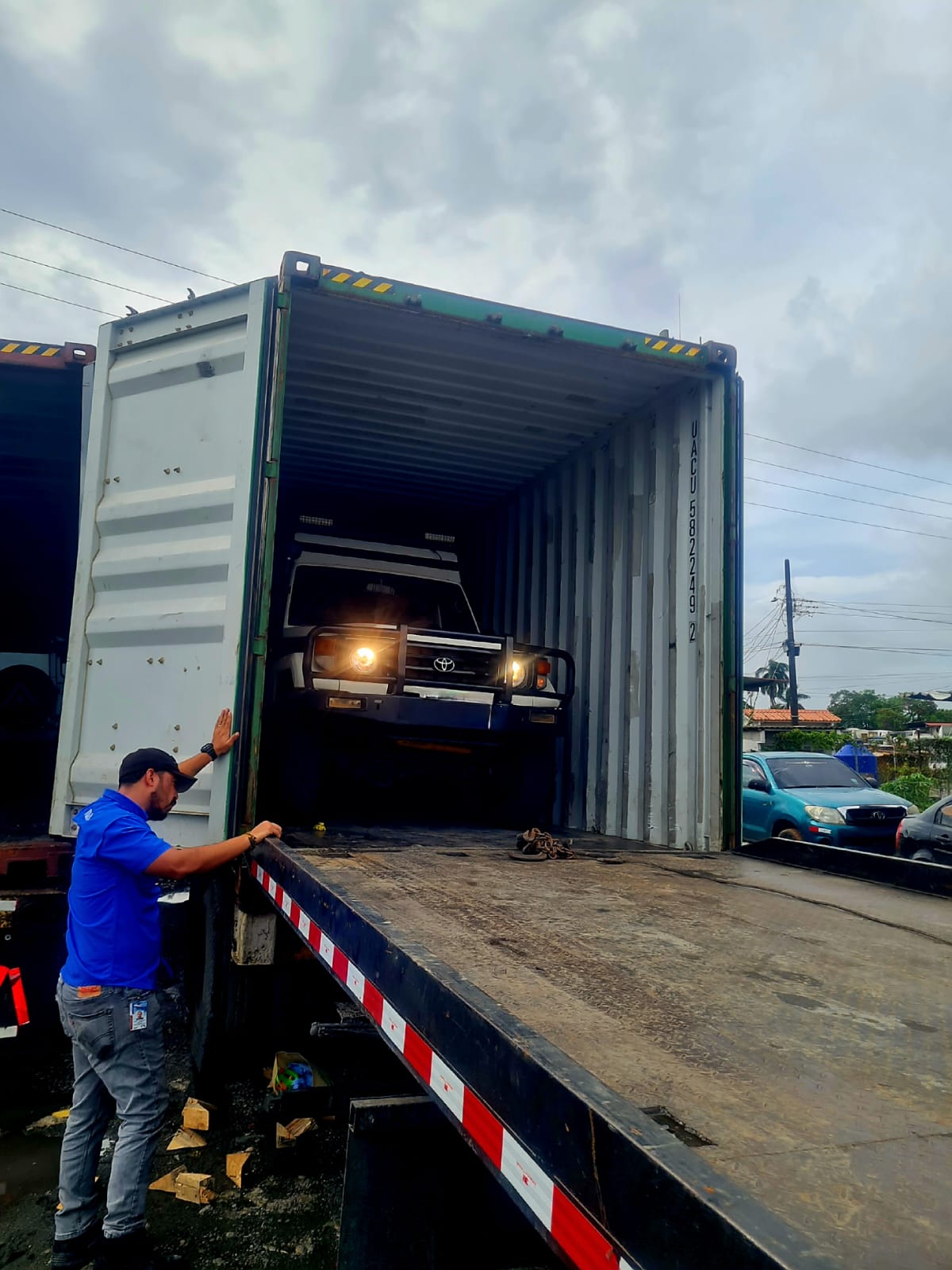
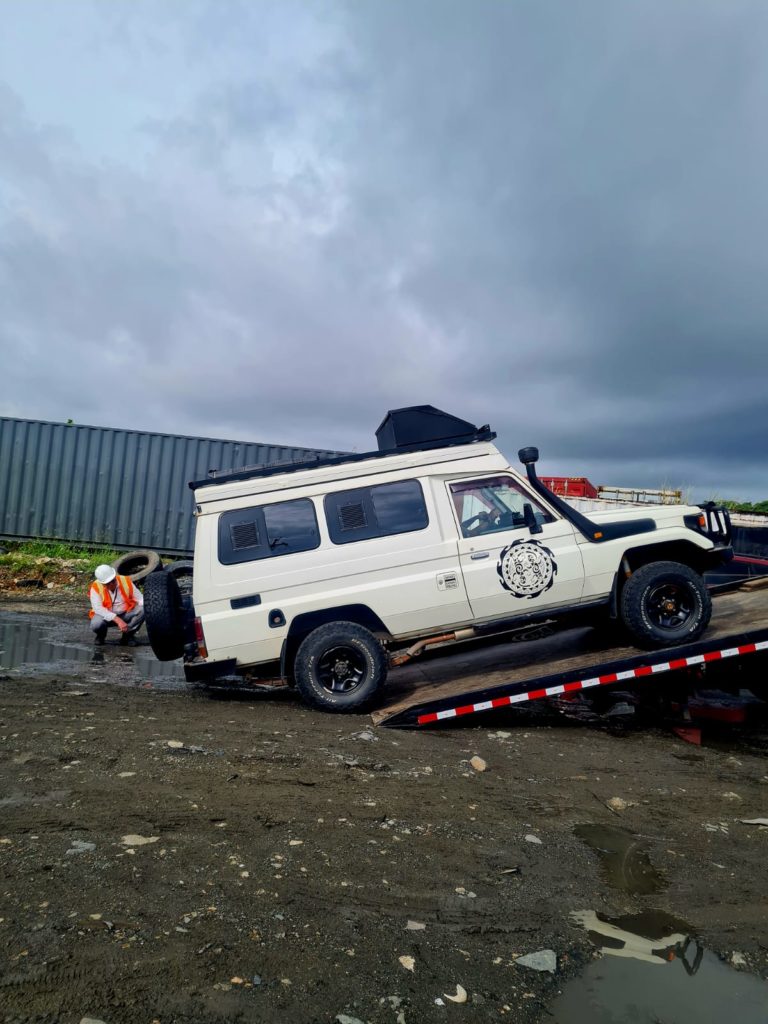
Five hours later, he picks us up and says everything is ready. The containers are on the trailer in a muddy field. A ramp? No such thing. Instead, there is a tow truck.
How does the unloading work? You drive onto the tow truck, which moves forward a little, puts the ramp at a steep angle and lets the car roll down. This isn’t a problem for us, as our car has high ground clearance. For cars with lower ground clearance, however, it’s very, very tight. But in the end, they all land safely in the mud.
The customs officer comes by, checks the chassis numbers and gives the OK. We are handed all the papers, hand over the money, wave briefly, thank you. Quickly fill up with water, do some shopping and refuel, then it’s time to set off on our Central American adventure!
